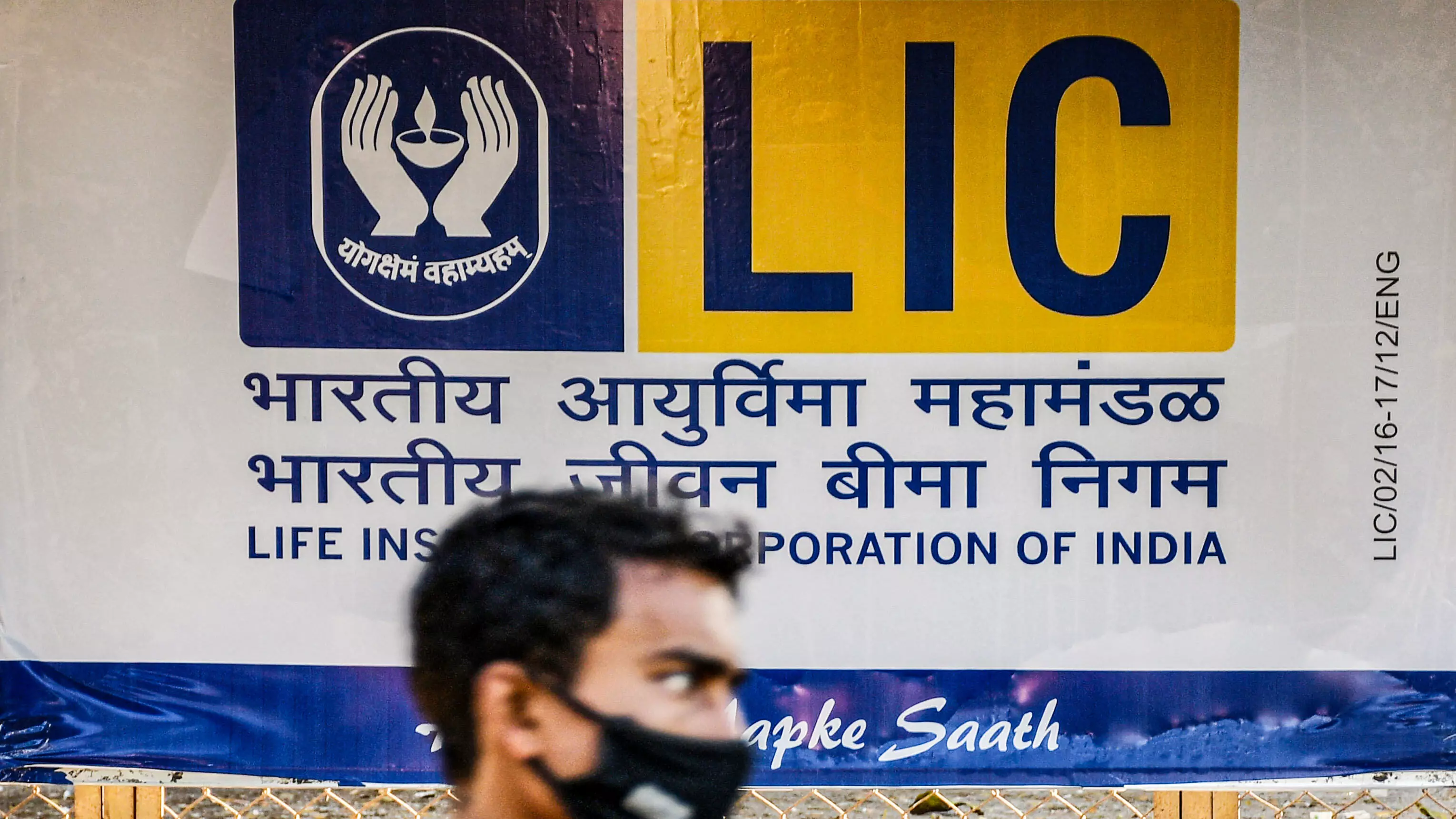LIC Jeevan Utsav, does it truly deliver on financial promises?
Critics have highlighted the plan's comparatively lower returns when juxtaposed with market-linked investment avenues
image for illustrative purpose

Hyderabad: The Life Insurance Corporation of India (LIC) has recently launched an insurance scheme named 'Jeevan Utsav,' designed to cater to the evolving financial needs of the domestic market. This initiative is tailored to offer policyholders a unique blend of financial security and long-term savings. Hence the minimum sum assured under this policy is only 5 lakhs. This non-linked, non-participating, individual life insurance savings plan presents a range of benefits, making it an attractive option for people of every strata and those seeking stability and growth in their financial portfolios.
Key Features
Flexible Premium Payment: Jeevan Utsav allows policyholders the flexibility to choose premium payment terms that align with their financial capabilities. It provides two options for pay out, flexi income and regular income. The plan also provides the option to pay premium ranging from 5 to 16 years. In other words, one can choose how to pay their premiums based on their financial situation. This makes it an easy option to manage payments.
The other notable feature of this policy is that the minimum age of the policy holder is 8 years and the maximum is limited to 65 years.
Maturity Benefits: Upon maturity of the policy, policyholders are entitled to receive a lump sum maturity benefit, including the basic sum assured and accrued guaranteed additions.
Death Benefits: Upon the unfortunate event of the life assured passing away post the commencement of risk coverage, the policy guarantees the nominee a death benefit comprising the sum assured upon death and accumulated guaranteed increments, given that the policy remains in effect. The minimum benefit payable, never falling below 105% of the cumulative premiums paid until the date of demise, ensures a safety net. The sum assured upon death stands at the higher value between the basic sum assured and seven times the annualized premiums.
Standout features
One of the standout features of Jeevan Utsav is its ability to provide both insurance coverage and long-term savings, making it a versatile instrument for individuals looking to secure their future while building wealth over time. The plan's customizable premium payment options further enhance its attractiveness, catering to diverse financial situations.
Moreover, the guaranteed additions provided under this plan ensure a stable growth trajectory, safeguarding policyholders against market fluctuations. The added advantage of tax benefits amplifies its appeal among investors seeking tax-efficient investment avenues.
As the financial landscape continues to evolve, LIC's 'Jeevan Utsav' emerges as a promising solution, combining the safety net of insurance with the potential for wealth creation, thereby contributing significantly to individuals' financial well-being.
Critical view of the plan
The LIC Jeevan Utsav plan, while offering certain benefits, presents considerations within a business context. One notable concern is its limited flexibility in terms of premium payments and coverage adjustments. This lack of adaptability could potentially impede its alignment with evolving financial needs essential to businesses.
Critics have highlighted the plan's comparatively lower returns when juxtaposed with market-linked investment avenues. This aspect raises apprehensions regarding its ability to sufficiently contribute to long-term wealth accumulation objectives.
Moreover, the plan's extended lock-in period poses challenges in terms of liquidity. This restriction might hinder access to funds during urgent business requirements, thereby impacting financial agility. Policy holders cannot surrender the policy midway if they want to. They will have to entail steep costs and multiple barriers to surrender their policy.
The intricate terms and conditions associated with the plan could create complexities for policyholders. This complexity might lead to misunderstandings regarding the plan's benefits, premiums, and maturity amounts, necessitating thorough comprehension before investment.
Furthermore, the fixed nature of the plan potentially limits exploration of more dynamic investment instruments. This limitation might sacrifice opportunities for higher returns or greater flexibility, considerations crucial within the fluid landscape of business investment strategies.
These observations highlight the need for careful assessment within a business context, prompting businesses to weigh the plan's limitations against their specific financial objectives and explore alternatives that align more closely with their needs and aspirations.

